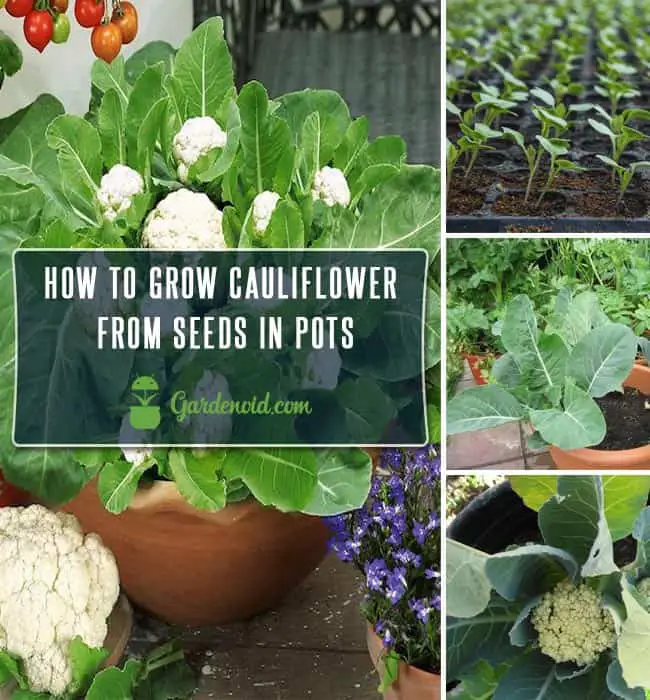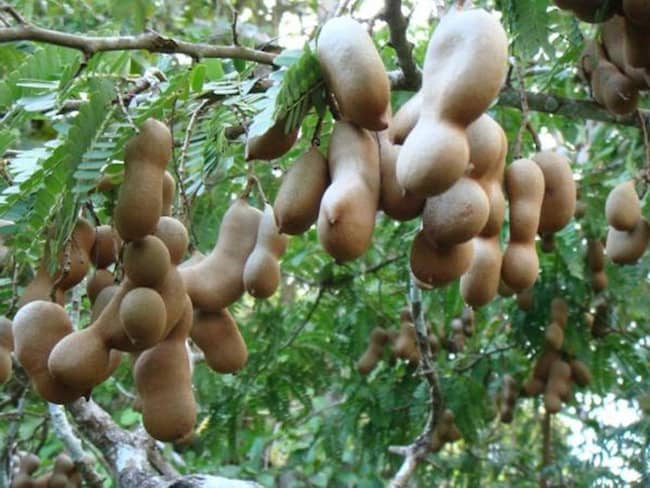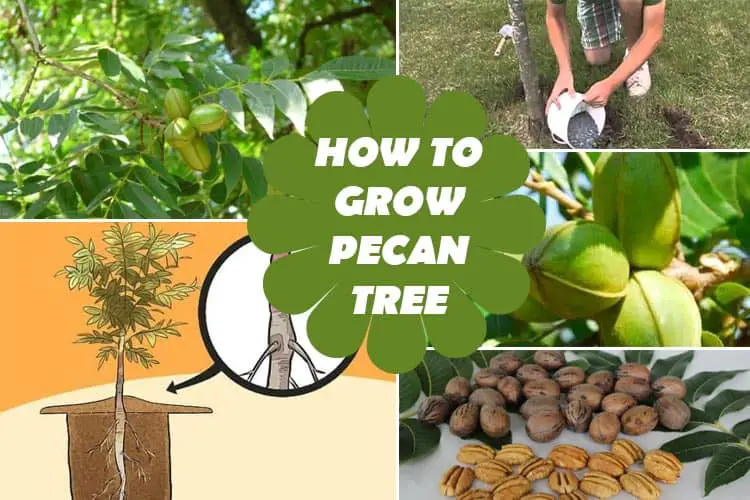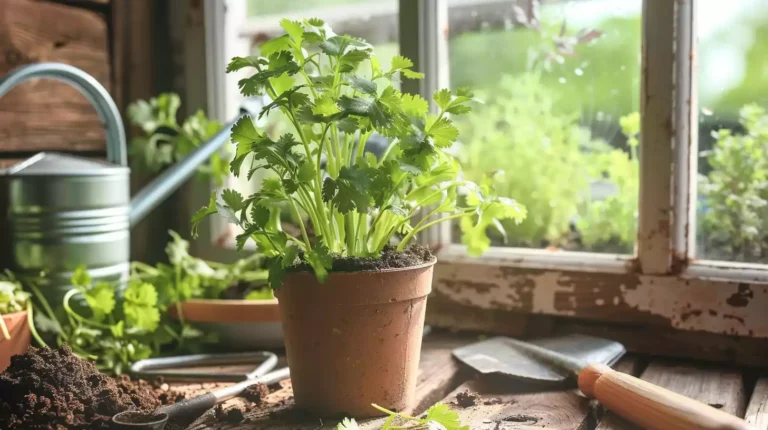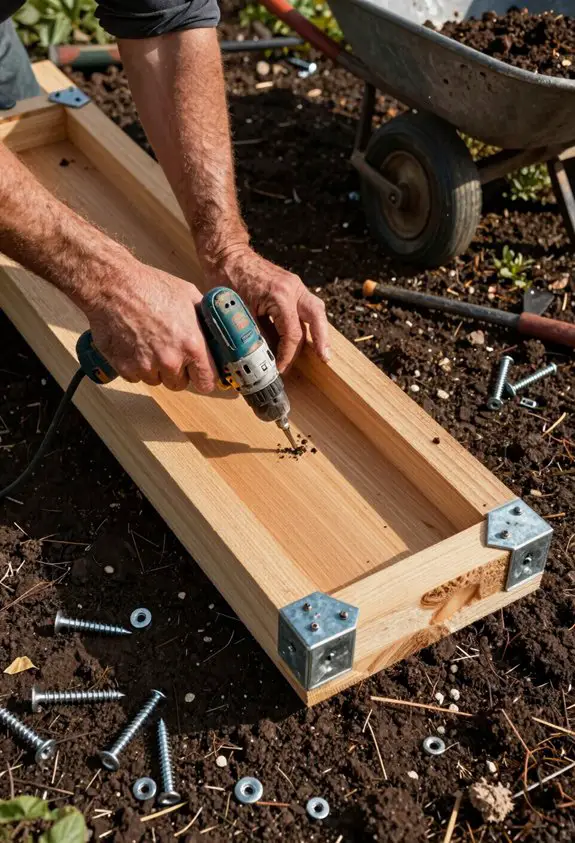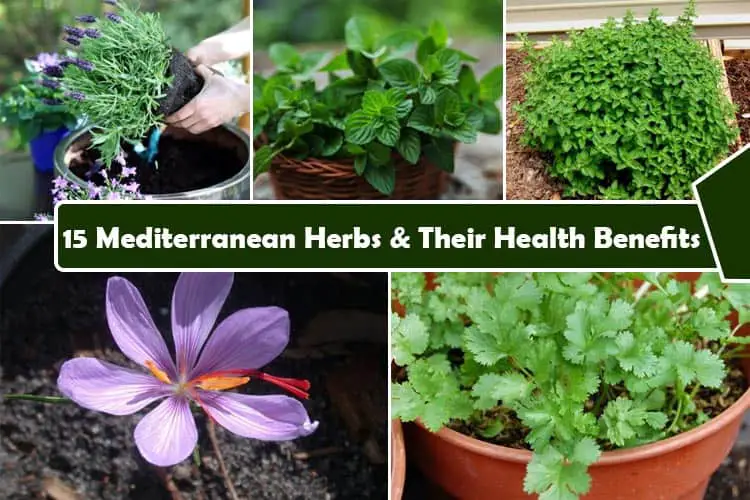How To Grow Papaya Tree : Papaya Tree Care
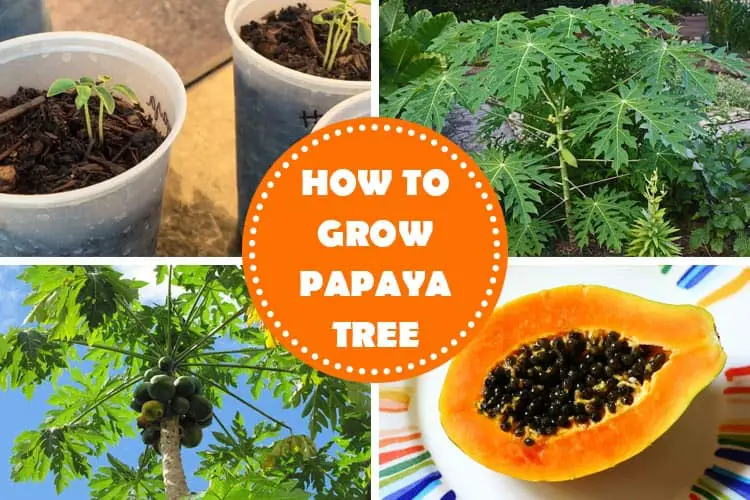
The steps on how to grow papaya tree are easy. Perhaps, what is more difficult is in caring for the plant. Papayas can grow well in the subtropical and tropical climates that do not experience snow or any freezing temperature. There are some species that can grow as high as 30 feet, and produces yellow to orange colored flowers. The fruits are available in different shapes. You can find round, oval and pear shaped fruits.
Growing papaya from seed is the most successful and easiest way to get started. What’s more, growing from seeds is also cheaper. In fact, you can use the seeds from store bought papaya fruits. So here are the steps on how to grow papaya from seeds.
Determine if Papayas can grow in your Climate
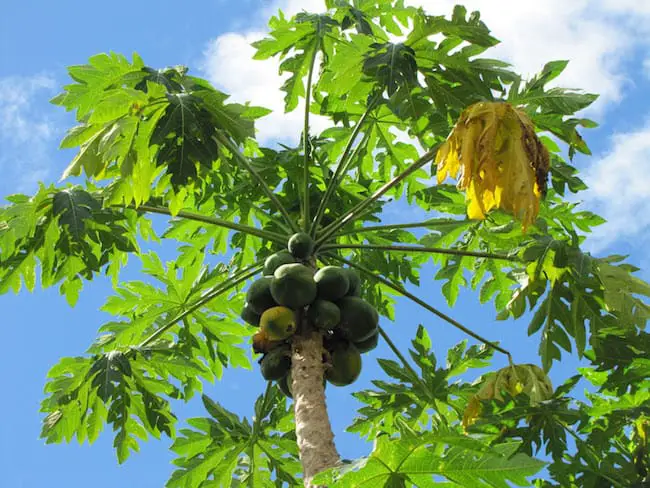
Image Credit: Brownmuse
Papayas can thrive in place with USDA hardiness zone of 9 to 11. This is equivalent to the minimum winter temperature of 19 to 40ºF. They could die if they are exposed in a prolonged frost. Furthermore, the tree prefers to grow in climates that tend to be warm all throughout the entire year. Moreover, papaya trees do not do well in wet soil. Thus, if your climate is rainy, then you might as well plant them in a mound of well-draining soil.
Also Read: 18 Uses of Banana peels in the Garden
Prepare your Soil for Planting
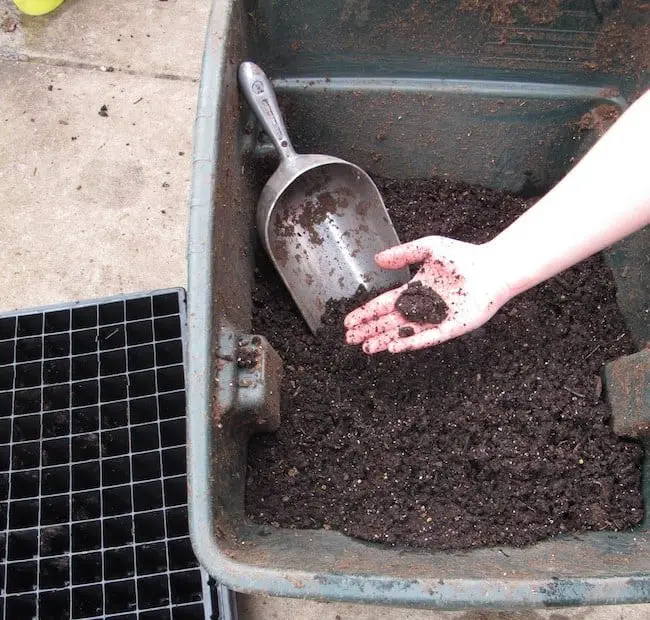
Image Credit: Tomato Headquarters
Papaya trees are known to be very hungry. As such, plant your seeds in a very good soil. It should be rich in nutrients and organic matter. You can also use the potting mix that is ideal for tropical plants. Better yet, come up with your own mix of garden soil mixed to about 20 to 50 percent compost. As long as the soil can drain well, the texture of the soil will not really matter.
Test the pH level of the soil. It should be between 4.5 and 8. This might seem like a broad range, thus, it is likely that any soil that you use to grow other plants can work well with the papaya tree.
Use sterile potting mix if you want plenty of papaya seeds to germinate. Otherwise, prepare your own by mixing one part of potting mix to the same amount of vermiculite and bake for one hour.
Prepare the Seeds
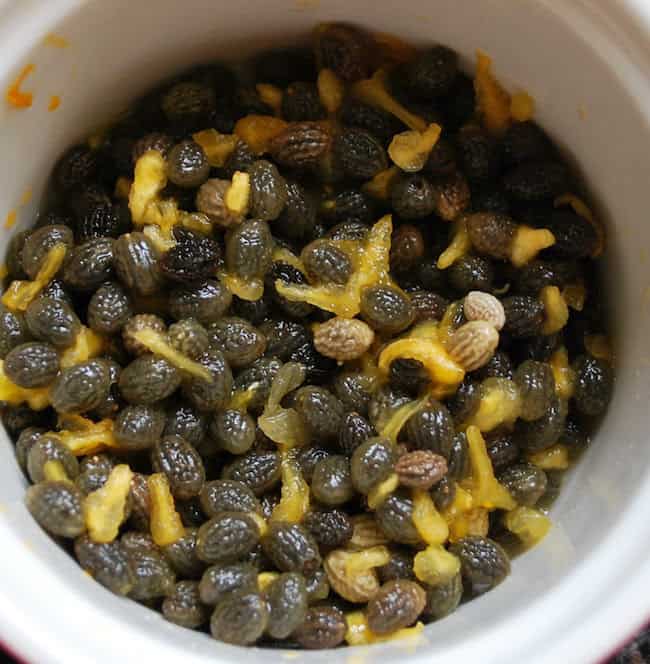
Image Credit: Oranges by the Nile in Luxor
Use seeds that were scraped off the middle of a papaya fruit. Otherwise, you can buy from your local nursery or garden center. Before you can start planting papaya seeds, press them against the side of a container in order to break the sac that surrounds them. When doing so, be very careful not to break the seeds. Afterwards, rinse the seeds thoroughly and place in a paper towel to be dried in a dark location.
Plant the Seeds
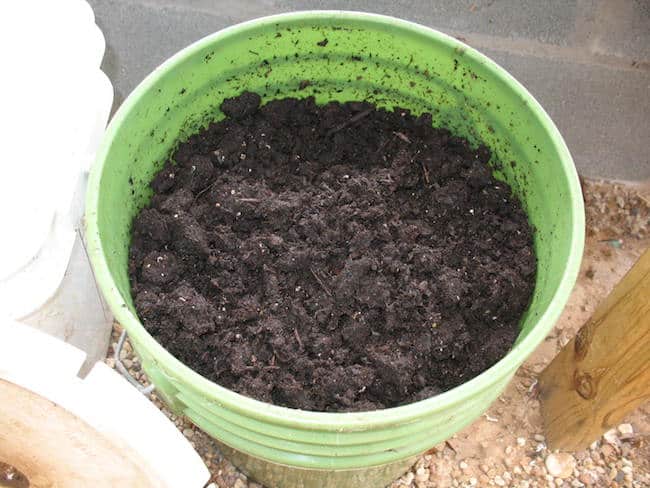
Image Credit: sensiblesurvival
Plant the seeds directly into your garden in order to avoid any risks during transplanting. But if you want to have more control over the plant arrangement, planting papaya seeds in container would be a better option.
So poke the seeds to the soil to about .5 inches below the surface and about 2 inches away from each other. Plant as many as you can to increase the odds of both female and male plants sprouting. Remove the weaker plants at a later time. It’s hard to tell if the plant is female or male before planting the seeds.
Also Read: How to Grow Mango Tree in Pot
Water the Soil Moderately Well
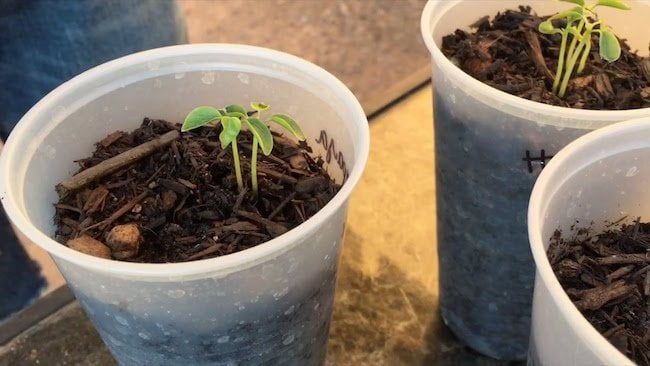
Image Credit: Youtube
Water the soil thoroughly after planting the seeds. However, make sure not to soak to the point that the standing water will form at the soil. Monitor the moisture in the next few weeks. Make sure you water as necessary and keep the soil slightly damp at all times but not soggy.
Determine which Seedlings to Keep
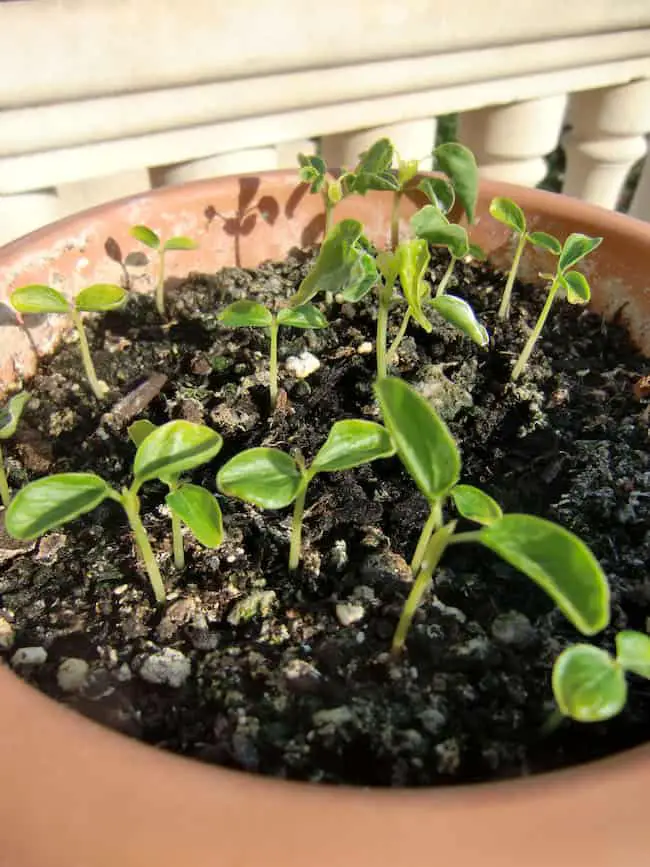
Image Credit: medgardenlife
Next, decide which of the seedlings you need to keep and grow. After 2 to 5 weeks, some seeds will start to germinate and emerge as seedlings. There will also be seedlings that will appear spotted, withered and unhealthy. Cull the plants until you will only have one seedling per pot. Otherwise, move the seedlings until they are about three feet away from each other. Keep about five plants for now in order to have a higher chance of producing female and male trees.
The next step in growing papaya trees is to choose your most successful papaya plants. You can move on to transplanting them into your yard or garden, if necessary.
Water Established Plants Regularly

Image Credit: Youtube
The most important papaya tree care is to water the plants regularly. While pools of water might damage the plants, they cannot produce sizable fruit if they are not watered regularly. Water no more than once after 3 to 4 days if you plant it in loam that can hold water well enough. Increase watering to once every two days when growing in sandy or rock soil, especially when the weather is hot. Allow a few more days in between watering when the weather is colder.
Inspect the Papaya Leaves
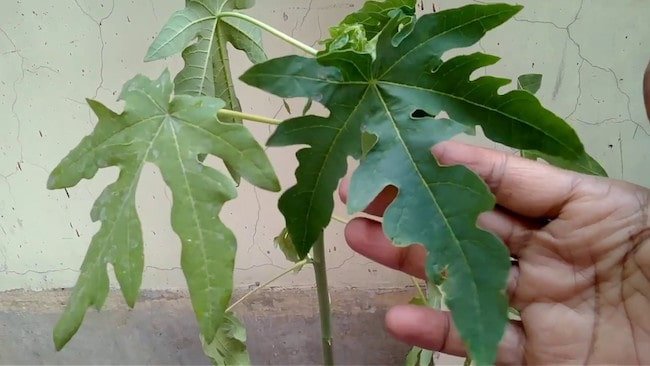
Image Credit: Plantanswers
Inspecting the leaves is also an important part of papaya tree care. Both the bark and leaves must be checked regularly for any signs of insects or diseases. Yellowish spots on the bark or leaves could indicate a disease. On the other hand, black spots on the leaves will not in any way affect the fruit. However, it can be treated with a fungicide especially if it becomes severe. In addition, curling leaves of the papaya trees can be a sign of a picking up of herbicide from a nearby lawn. Some other problems, such as insects and full plant collapse, needs to be consulted with a professional gardener who is expert in growing papaya.
Harvest Fruits To Your Desired Ripeness
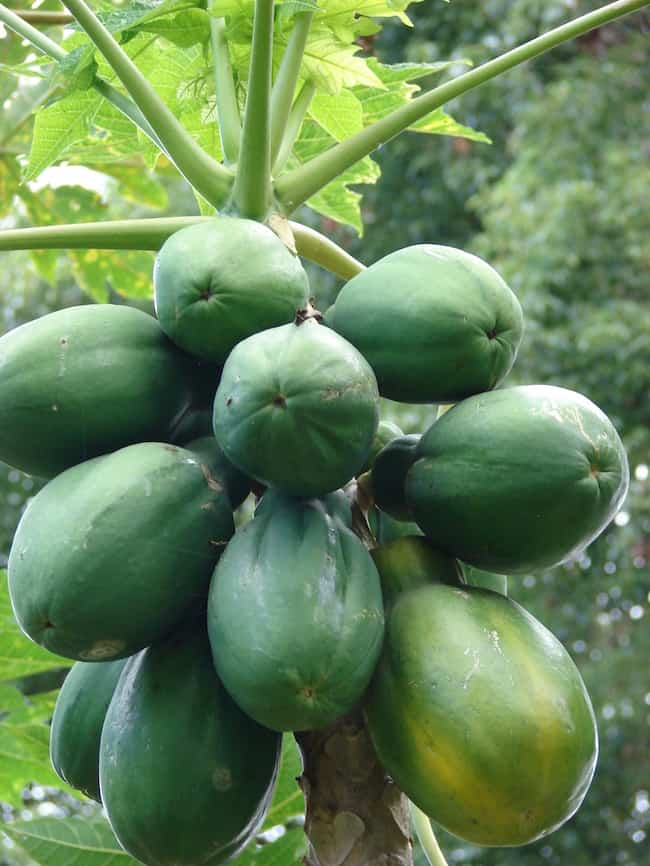
Image Credit: Ebay
Harvest the fruits depending on your preferences. Tart and green fruits can be used as vegetables. However, some people prefer to harvest the fully ripe yellow and orange fruits due to their sweet taste. Harvest the fruits anytime you wish.
Save the seeds from the healthiest and tastiest fruits. You can keep planting more trees if you want to. Put in another batch after every few months. Overtime, you will be able to breed the perfect papaya tree in your garden.
Also Read: 21 Ideas for Growing Fruit Trees in Containers
More Important Things to Keep In Mind
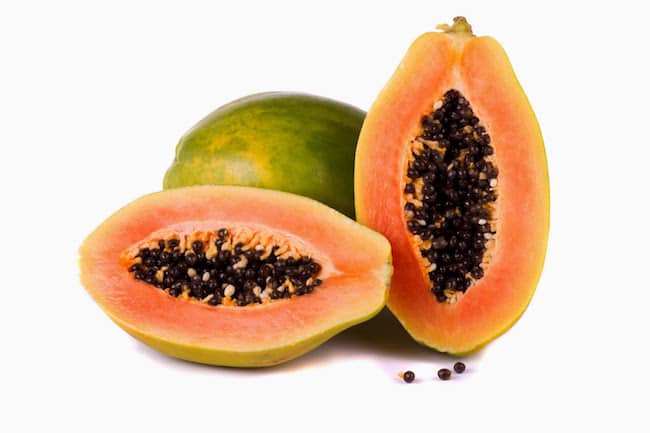
Image Credit: Blogspot
To ensure success in growing papaya trees, here are more tips to keep in mind.
• Water your papaya trees regularly. Since they have large soft leaves, they end up evaporating more water especially when the weather is warm. However, keep in mind that roots of the tree are also susceptible to rotting. Thus, make sure you avoid overwatering.
• Feed your papaya trees as often as you water them since they are known to be greedy for nitrogen. Fertilize them on a regular basis using complete fertilizer or perhaps with chicken manure. Be generous with compost and keep on piling as many mulch as you can to allow for the plants to grow even bigger.
• Expose your papaya trees to sunlight, as it also needs sun as much as possible. Do not worry about the leaves wilting a little bit. Papaya trees love sunlight and heat. Get them to grow at an area with partial shade.
Final Thoughts
Hopefully, these steps on how to grow papaya tree can guide you to successfully growing your own papaya trees at home. Remember that caring for your papaya plants is also important in order to guarantee that it will bear you the best fruits.

